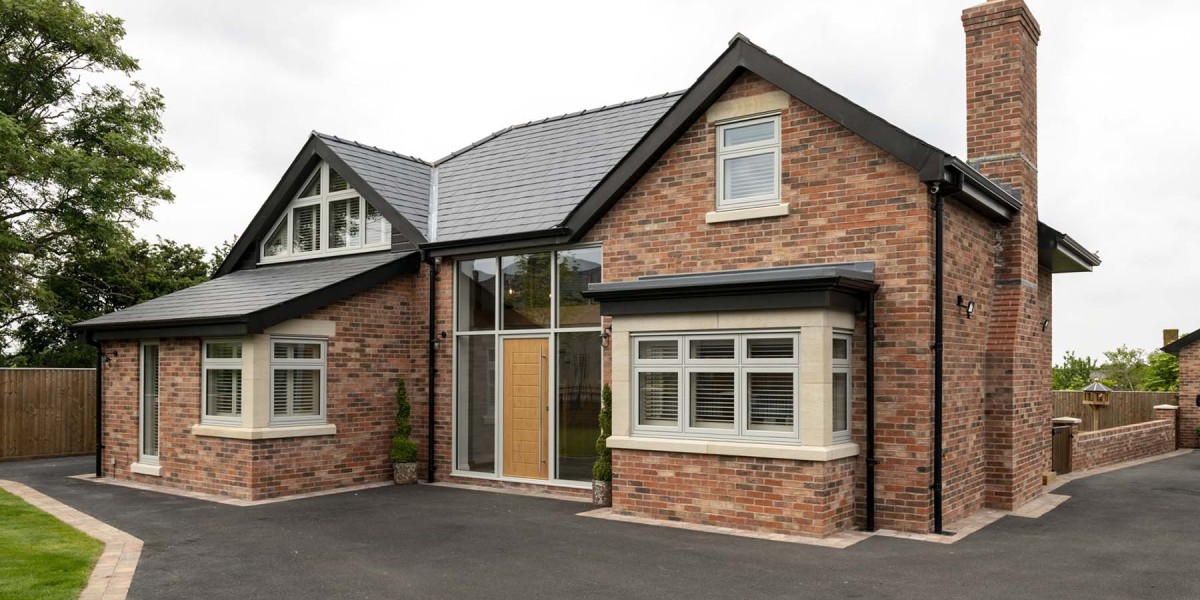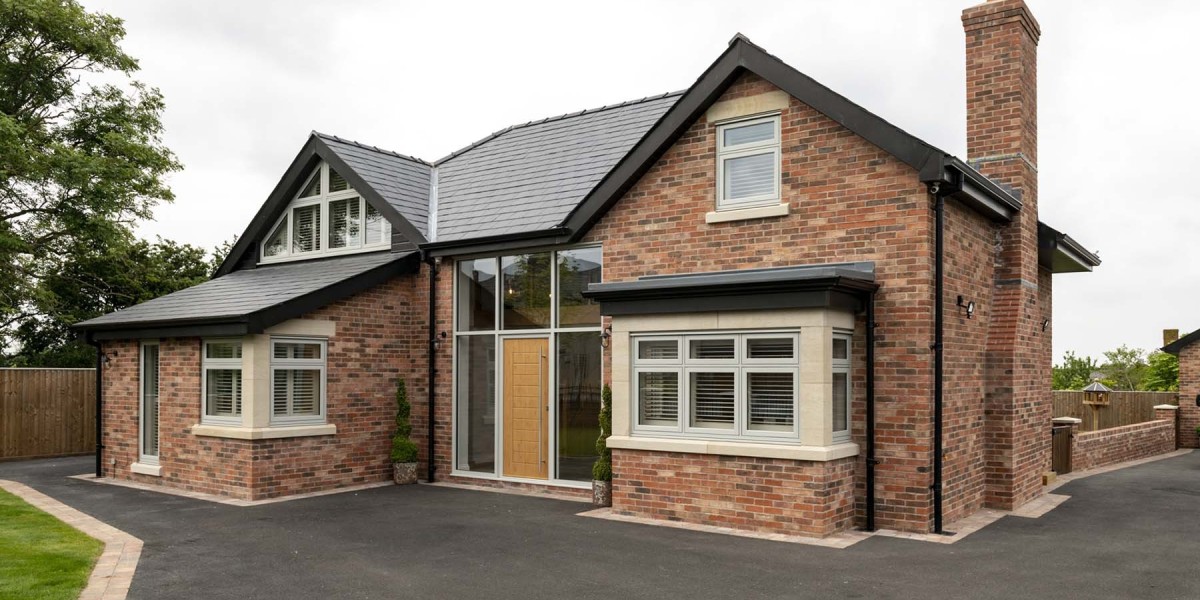Double glazing is a popular choice for homeowners looking to improve energy efficiency, reduce noise pollution, and enhance the overall aesthetic of their homes. This article will explore the process of double glazing installation, its benefits, and key considerations to keep in mind when embarking on this home improvement project.

What is Double Glazing?
Double glazing refers to a window construction technique that involves two panes of glass separated by a space filled with air or gas. This design creates an insulating barrier that helps to keep heat in during the winter months and out during the summer, making homes more energy-efficient. Additionally, double glazing can significantly reduce outside noise, providing a quieter indoor environment.
Benefits of Double Glazing
- Energy Efficiency: One of the primary advantages of double glazing is its ability to minimize heat loss. By reducing the amount of heat that escapes through windows, homeowners can enjoy lower energy bills and a more comfortable living environment.
- Noise Reduction: Double-glazed windows can significantly reduce external noise, making them ideal for homes located in busy urban areas or near highways. The insulating properties of the two glass panes act as a barrier to sound, creating a quieter indoor atmosphere.
- Increased Security: Double-glazed windows are typically more difficult to break than single-pane windows. The extra layer of glass makes it harder for intruders to gain entry, thereby enhancing the security of your home.
- Condensation Reduction: Double glazing can help reduce condensation on windows, which can lead to mold growth and other moisture-related issues. The insulating properties of double glazing keep the interior surface of the glass warmer, reducing the likelihood of condensation forming.
- Aesthetic Appeal: Double-glazed windows are available in a variety of styles and finishes, allowing homeowners to choose options that complement their home’s design. This can enhance the overall curb appeal and value of the property.
The Double Glazing Installation Process
Installing double glazing can be a complex process that requires careful planning and execution. Here’s an overview of the steps involved in double glazing installation:
1. Assessment and Measurement
The first step in the installation process is to assess the existing windows and take accurate measurements. This is crucial for ensuring that the new double-glazed units will fit properly. A professional installer will typically conduct this assessment, checking for any signs of damage or wear in the existing frames.
2. Choosing the Right Double Glazing Units
Once measurements are taken, homeowners will need to select the appropriate double glazing units. Factors to consider include the type of glass (e.g., low-E glass for enhanced energy efficiency), the spacer bar material, and the gas filling (such as argon or krypton) between the panes. Homeowners should also consider the frame material, with options including uPVC, wood, and aluminum.
3. Removal of Existing Windows
Before the new double-glazed units can be installed, the existing windows must be removed. This step typically involves carefully taking out the old frames and glass without damaging the surrounding structure. Professional installers will have the necessary tools and expertise to perform this task efficiently.
4. Installation of New Frames (if applicable)
If the existing frames are damaged or unsuitable for double glazing, new frames may need to be installed. This step involves securing the new frames in place and ensuring they are level and square.
5. Fitting the Double Glazed Units
Once the frames are ready, the double-glazed units are fitted into place. This process requires precision to ensure a proper seal, which is essential for maximizing energy efficiency and preventing drafts. The installer will use sealants and spacers to secure the units and create a tight fit.
6. Finishing Touches
After the double-glazed units are installed, any necessary finishing touches will be made. This may include adding trim, sealing gaps, and ensuring that the windows operate smoothly. The installer will also Clean Pro the glass to remove any smudges or debris.
7. Final Inspection
Once the installation is complete, a final inspection will be conducted to ensure everything is in order. The installer will check for proper sealing, functionality, and any potential issues that may need to be addressed.
Key Considerations for Double Glazing Installation
- Professional vs. DIY Installation: While some homeowners may consider a DIY approach to save money, double glazing installation is best left to professionals. Proper installation is crucial for maximizing the benefits of double glazing and ensuring long-term performance.
- Choosing a Reputable Installer: It’s important to choose a reputable and experienced installer for your double glazing project. Look for reviews, testimonials, and certifications to ensure you are working with a qualified professional.
- Building Regulations: Depending on your location, there may be building regulations that govern window installations. It’s essential to check with local authorities to ensure compliance with any necessary permits or codes.
- Cost Considerations: The cost of double glazing installation can vary widely based on factors such as the size of the windows, the type of glass, and the complexity of the installation. Homeowners should budget accordingly and consider obtaining multiple quotes from different installers.
- Warranty and Maintenance: Many double-glazed units come with warranties that cover defects and performance issues. Be sure to understand the terms of the warranty and any maintenance requirements to keep your windows in optimal condition.
Conclusion
Double glazing installation is a worthwhile investment for homeowners looking to enhance energy efficiency, reduce noise pollution, and improve the security and aesthetic appeal of their homes. By understanding the installation process and key considerations, homeowners can make informed decisions and enjoy the long-term benefits of double glazing. Whether you’re replacing old windows or building a new home, double glazing can provide significant advantages that contribute to a more comfortable and sustainable living environment.








